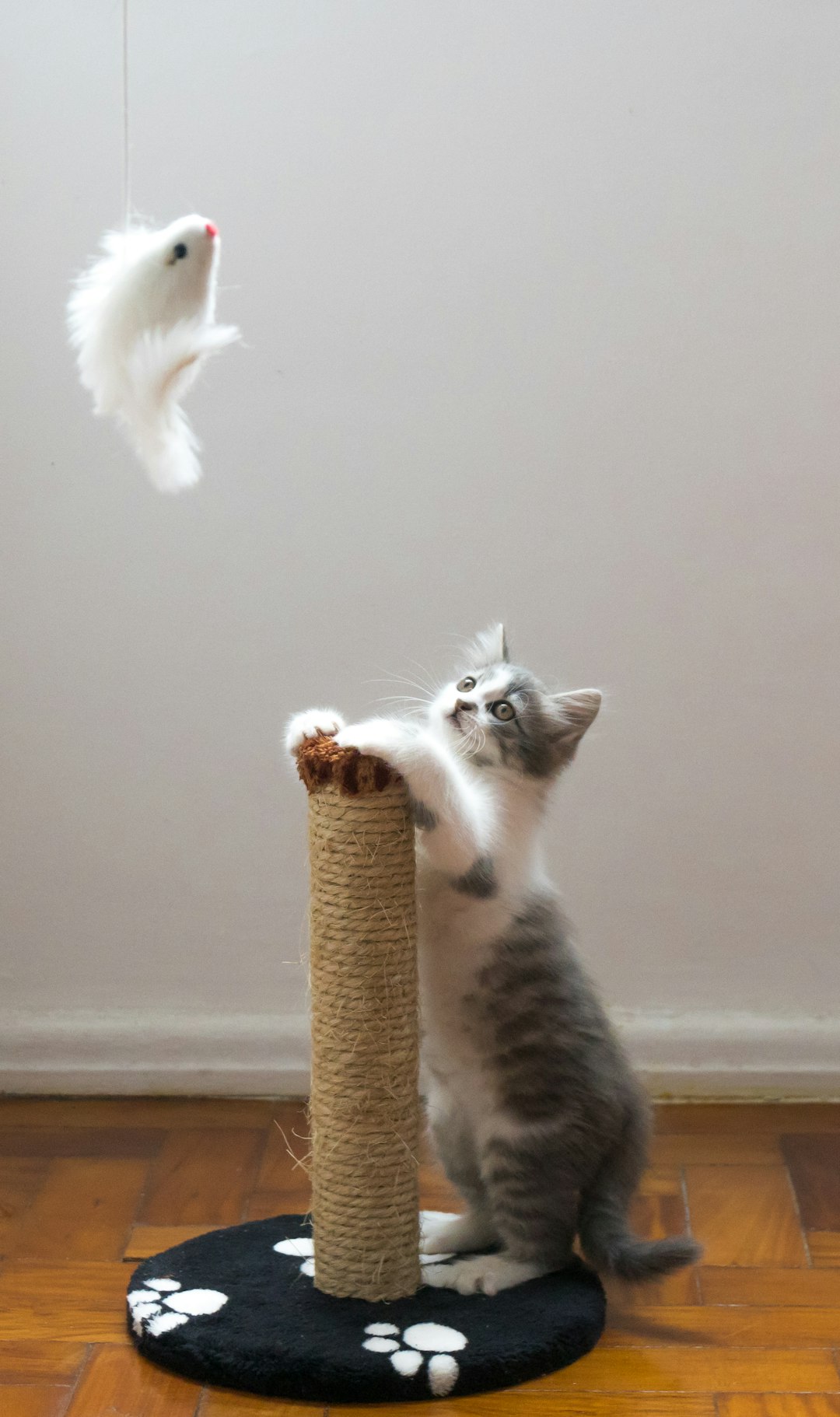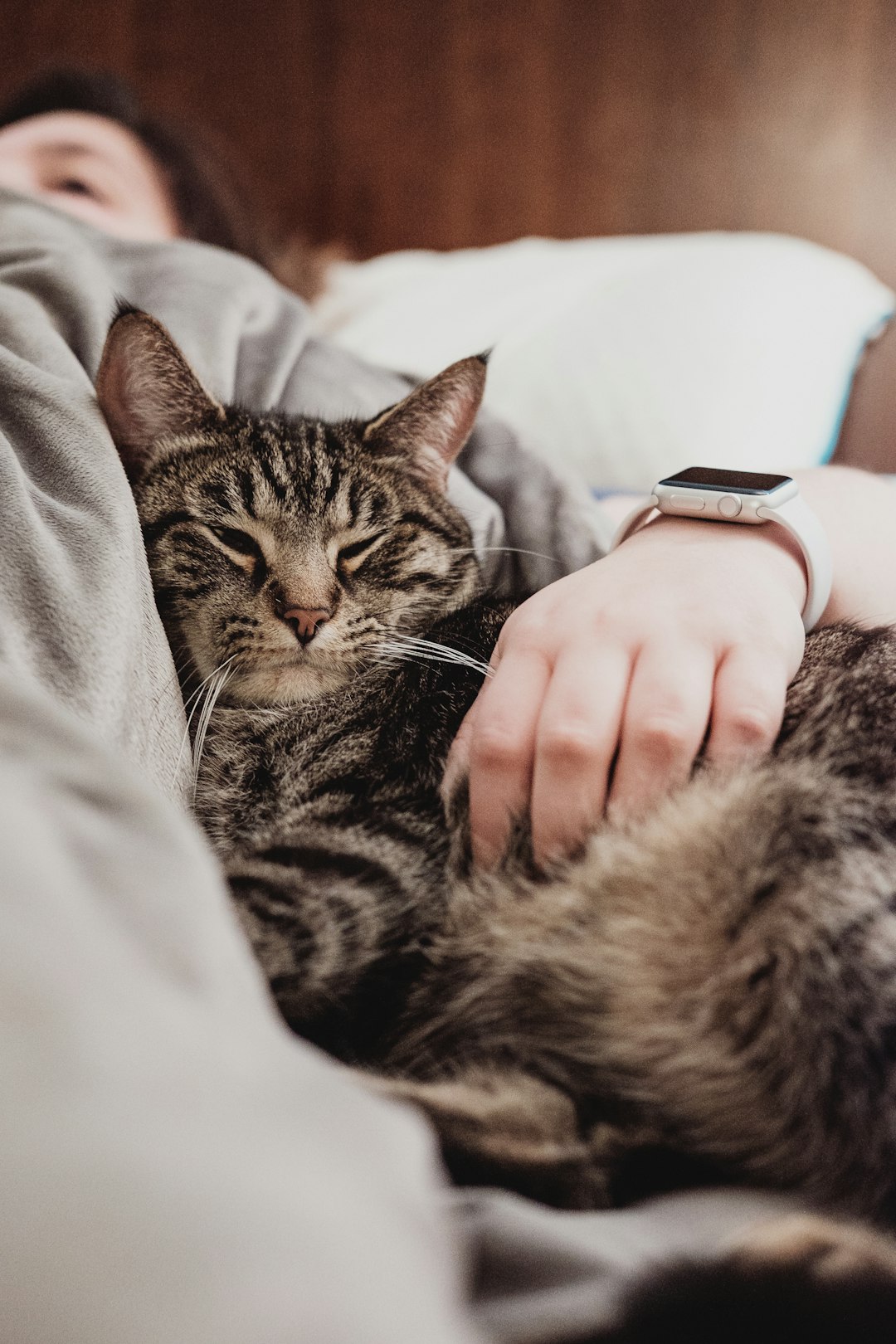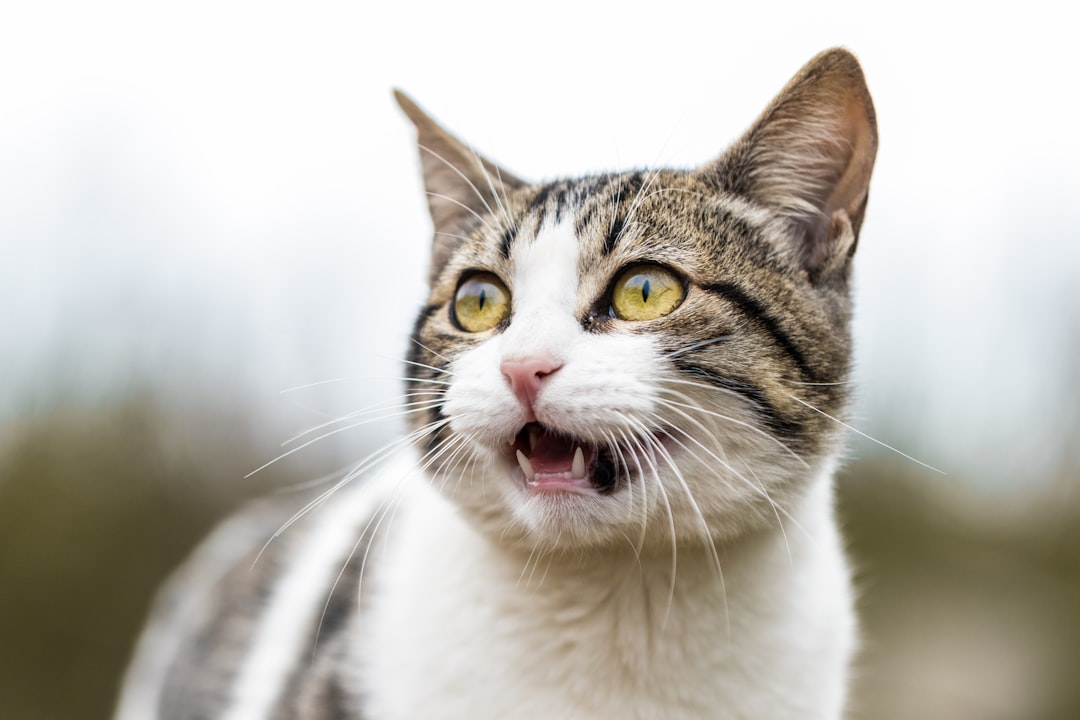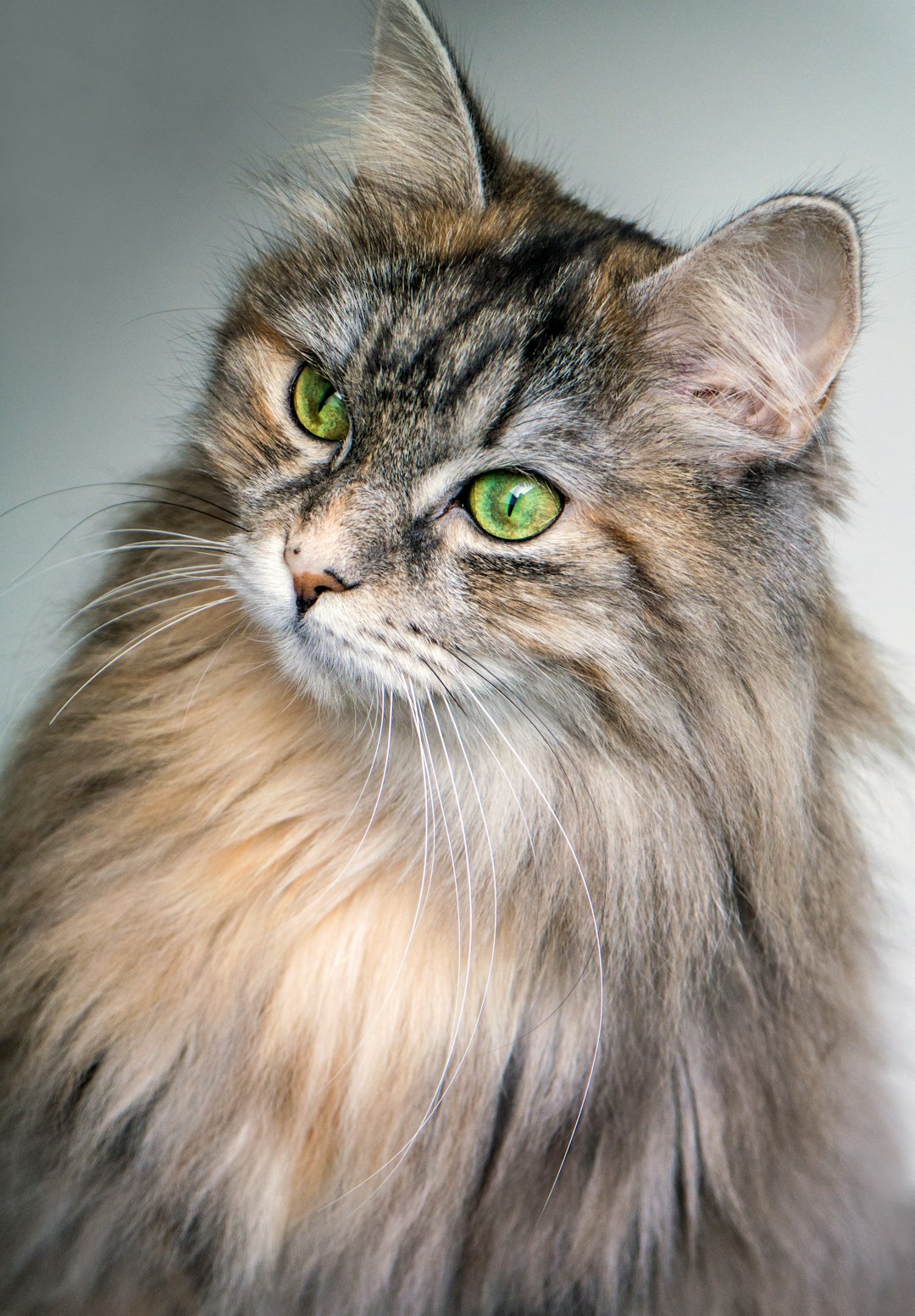If you’ve ever caught your kitty eyeing your steak dinner with an intensity that could rival a lion stalking its prey, you might be wondering: is raw cat food the key to unlocking your feline’s wild side? Picture your cat prancing around like the majestic creature they believe they are, fueled by a diet that’s fresher than yesterday’s memes. But before you toss out their kibble and break out the raw meat, let’s dive into the delicious (and sometimes scary) world of raw cat food and whether it’s truly the culinary choice for your furry overlord.
Understanding Raw Cat Food

Ah, raw cat food—the mysterious elixir that some feline aficionados swear by! But what on earth is it, and why should your kitty consider chomping down on raw delights instead of the standard kibble?
Raw cat food consists of uncooked meats, organs, and sometimes even bones—basically, it’s what your cat would eat if they lived in the wild and weren’t so reliant on you for dinner. Here’s a quick rundown of what makes this diet so unique:
- Natural Ingredients: No artificial flavors, preservatives, or mystery meat by-products!
- Feline Instincts: Cats are obligate carnivores; they crave meat, and raw cat food mimics their natural prey.
- Nutrient Powerhouse: Raw options often boast higher protein levels and essential nutrients.
Quick Comparison
| Feature | Raw Cat Food | Commercial Cat Food |
|---|---|---|
| Protein Content | High | Variable |
| Fillers | None | Possible fillers present |
| Customization | Easily tailored | Limited options |
Of course, while transforming your home into a cat buffet with raw cat food sounds delightful, always proceed with a pinch of caution! Your feline deserves the best, but make sure you’re equipped with the knowledge first!
Nutritional Benefits of a Raw Diet

So, why consider raw cat food for your furry overlord? Let’s break it down, shall we?
- High Protein Content: Cats are obligate carnivores, meaning they demand protein like we demand our morning coffee. Raw cat food delivers this in spades!
- Better Hydration: Who needs a drink when you can have juicy raw meat? Raw cat food contains moisture, keeping your maleficent little fluff hydrated.
- Minimal Carbs: Unlike conventional cat foods, raw diets slay those pesky carbs. We’re talking about a fabulous low-carb adventure that even your cat can’t resist!
- Natural Enzymes: Raw food provides natural enzymes that help with digestion. Yes, that means less time for your cat busy inspecting the litter box!
Here’s a simple comparison to sum it up:
| Raw Cat Food | Commercial Cat Food | |
|---|---|---|
| Protein | High | Moderate |
| Moisture | High | Low |
| Carbs | Low | High |
| Enzymes | Yes | No |
In short, making the switch to raw cat food might just be the feline-approved protein party your kitty has been waiting for!
Potential Health Improvements

Feeding your cat raw cat food can lead to some paw-sitive transformations. Picture your feline companion strutting around like the king or queen of the jungle! Here are some potential health improvements to keep an eye on:
- Improved Coat Condition: Say goodbye to the days of scratching your head (and your cat’s belly). A raw diet can do wonders for their fur—expect shinier, softer coats that’ll make your cat the envy of the neighborhood!
- Increased Energy Levels: Does your kitty spend too much time napping? A diet of raw cat food might just turn your gentle sloth into a sprightly acrobat! Cats on a raw diet often exhibit more playful behavior and agility.
- Better Digestion: Less litter box drama! Raw food can lead to firmer stools and reduced odors. It’s a win-win for your nose and your cat’s tummy.
- Weight Management: Raw diets can help with weight loss. Less fluff on the cats equals more fluff on your pillow!
In conclusion, introducing raw cat food could be the boost your feline needs to live its best life. Just remember, every cat is different—so keep an eye out for any shenanigans!
Comparison with Commercial Cat Food
Alright, let’s dive into the meaty debate of raw cat food versus commercial cat food, shall we? Think of it as Christopher Columbus vs. the Atlantic Ocean; one is naturally adventurous, while the other is, well, less exciting but tried and true.
Nutritional Showdown
| Features | Raw Cat Food | Commercial Cat Food |
|---|---|---|
| Protein Level | High! We’re talking about steak! | Moderately high, but watch out for fillers! |
| Additives | Nature’s finest (no additives) | Often packed with preservatives and flavors (aka, cat candy!) |
| Digestibility | Super easy to digest (you guessed it, it’s raw!) | Can vary widely (some cats need GPS to find their way around it) |
| Customization | Tailor it to your kitty’s fancy! | Limited options unless you become a cat food engineer. |
The Crunch Factor
- Raw Cat Food gives your kitty the thrill of the hunt (minus the actual hunting).
- Commercial Cat Food? It’s like munching on cardboard while watching a movie—a bit underwhelming!
So, while both options have their merits, if you want to see your feline perform happy dance flips, raw cat food might just be the winning ticket! After all, who wouldn’t want a cat that feels like royalty, dining on the finest offerings of nature?
Risks and Concerns of Feeding Raw
Ah, the tantalizing world of raw cat food! It’s like the hip tiki bar of the feline dining scene, but before you whisk your kitty off for a tropical feast, let’s shine a flashlight on some lurking shadows.
While raw cat food has its benefits, it also raises a few eyebrows. Here are some risks and concerns to keep in mind:
- Bacterial Baddies: Raw chicken may be a treat for Mr. Whiskers, but it can harbor bacteria like Salmonella and E. coli. Just imagine your cat turning into a furry Typhoid Mary!
- Nutritional Gaps: If you’re not a cat nutritionist (and let’s face it, most of us are not), you might leave out essential vitamins. It’s like serving your feline friend a no-carb, no-protein, no-fun diet.
- Bone Dangers: Chomping on bones can be a cat’s guilty pleasure, but not all bones are created equal. Some can splinter, turning dinner time into an emergency vet visit. Yikes!
- Kitty’s Reaction: Not all cats jump on the raw food bandwagon. Some might turn their noses up faster than you can say “catnip.”
So, before you dive headfirst into the world of raw cat food, weigh these concerns carefully. A balanced approach makes for a happy kitty!
How to Transition Your Cat to Raw Food
So, you’ve decided to embark on the raw cat food journey—good for you and your feline foodie! But before you unleash a feast of fresh fish and tender meats, let’s talk about the transition. After all, switching from kibble to gourmet raw cat food isn’t like flipping a light switch; it requires finesse and a dash of patience.
Here’s your roadmap to kitty culinary enlightenment:
- Start Small: Introduce raw cat food gradually. Keep your old food on the menu while sneakily sliding in some raw treats. Mix it up!
- Play the Flavor Game: Cats can be picky! Try various proteins: chicken, beef, turkey. Get your cat’s taste buds trotting toward excitement!
- Monitor Their Mooch: Watch how your cat reacts. If they pounce on it like it’s the last fish in the sea, great! If not, adjust the flavors or textures.
- Stick with It!: Consistency is key. Keep offering raw cat food daily for a week or two. Your cat will either embrace it or demand a formal “return to kibble” letter.
Transitioning to raw cat food should be a delightful experience—much like a fine dining meal with a snooty cat critic. Bon appétit!
Consulting with Veterinarians Before Making Changes
Before you launch your cat into the culinary adventure of raw cat food, it’s crucial to consult with your veterinarian. Yes, I know—talking to the vet can feel like you’re walking into a lion’s den, but it’s for a good reason.
Here’s why you should have that chat:
- Expert Advice: Vets really know their stuff! They understand your cat’s health and nutritional needs better than any TikTok cat chow influencer.
- Personalized Guidance: Every cat is unique, kind of like snowflakes—if snowflakes had fur, whiskers, and a tendency to knock things off tables.
- Addressing Concerns: If your cat has a specific condition (like more hairballs than a local cat show), your vet can help tailor a raw diet that suits their needs.
Quick Tip: Before the appointment, jot down questions about the proteins, minerals, and whether your cat might need a side of catnip with their raw cat food.
In summary, consulting with your vet can lead to a happier, healthier feline while you both dodge the minefield of dietary changes!
Consulting with Veterinarians Before Making Changes
Before you toss that can of tuna and dive headfirst into the world of raw cat food, put a pause on your feline feast planning! Consulting with a veterinarian is like getting an all-access pass to a VIP pet health concert. Here’s why:
- Understanding Your Cat’s Needs: Just like us, every cat has unique dietary requirements. Your veterinarian helps decode what your kitty is singing about, whether it’s ‘meow-nificent’ nutrition or ‘purrr-fectly’ balanced meals.
- Avoiding Potential Pitfalls: Transitioning to raw cat food can come with risks. Your vet can steer you clear of any unpleasant surprises—because nobody wants a bathroom situation that rivals a horror movie!
- Tailored Recommendations: Vets know their stuff! They can suggest the best brands and sauces to avoid, making your shopping spree more like a luxurious catnip-laden adventure rather than a mad dash.
In short, a chat with your vet ensures you make informed decisions—because a happy cat equals a happy life! So grab your phone and schedule that appointment. Your feline friend will thank you with head-boops and purrs!
Frequently Asked Questions
Is raw cat food safe for my feline friend?
Ah, the million-dollar question! Raw cat food is like a daring tightrope act in the circus of cat diets. It can be safe if you choose high-quality ingredients and handle them with the precision of a brain surgeon. Just remember, your furry buddy might enjoy playing the role of a gourmet chef, but they can’t check for bacteria like you can! Always consult your vet, and prepare to pay a price for that fresh cuisine.
What are the benefits of feeding my cat raw food?
Oh, the benefits are practically purring with delight! Picture this: shinier coats that could blind an unsuspecting neighbor, healthier teeth ready to chew through any furniture, and energy levels that make the Energizer Bunny look like it’s on a coffee break. Oh, and don’t forget – fewer litter box surprises! Yes, raw food could have your kitty hopping about like a kangaroo, but remember, moderation is key, just like with catnip!
Can I switch my cat to raw food overnight?
Oh dear cat parent, that would be akin to asking a toddler to swap their ice cream for broccoli in one fell swoop! Cats have delicate tummies, and switching diets overnight can lead to a real-life horror movie scenario, complete with unexpected messes and unhappiness. Gradual changes over a week or two are often recommended. You want your feline friend to enjoy their culinary adventures, not feel like they’ve entered a cat food war zone!
What if my cat refuses to eat raw food?
Ah, the staunch little food critic! If your feline decides to give raw food the cold shoulder, try to bribe them with a fancy presentation—because every cat has standards. You might need to entice them with a mix of raw and their beloved kibble at first. A sprinkle of catnip or transforming the meal into a gourmet dish could do the trick too! Just remember, persistence is key; entice them like a magician pulling a rabbit from a hat!



